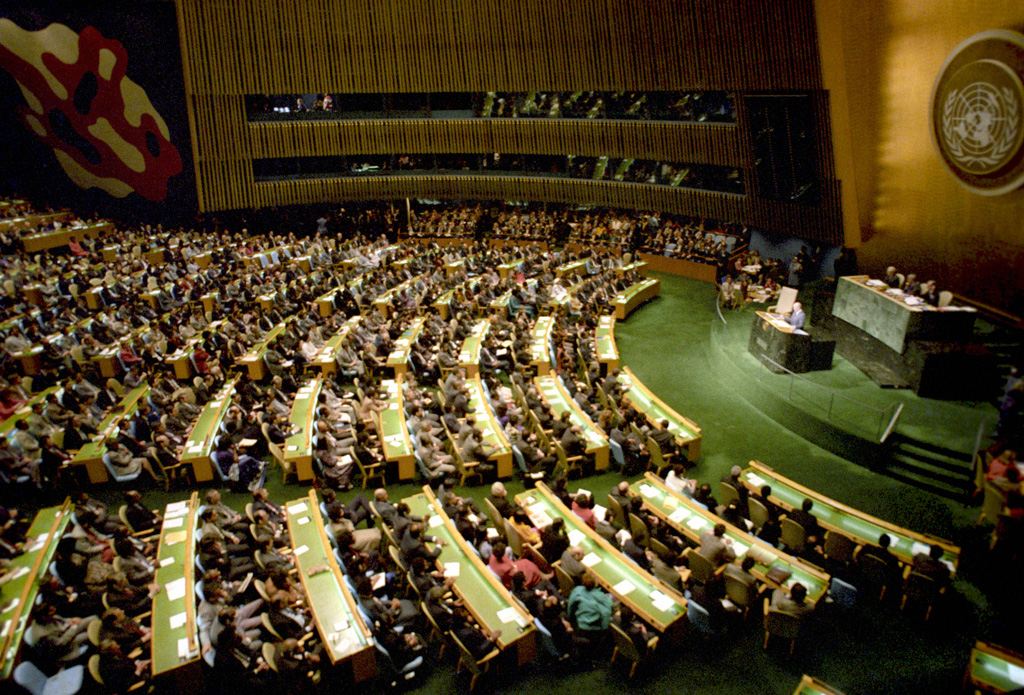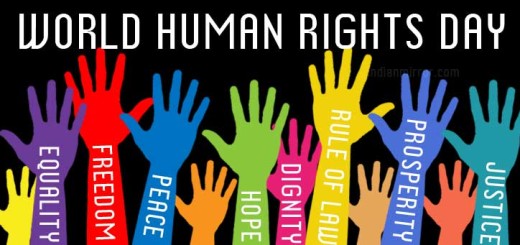Study Plan for the YPP exam 2014 – Human Rights Job Family

YPP 2014 – Human Rights Job Family
Study Plan:
Week 1- Specifics of Human Rights (ending November 16)
III. State’s Human Rights Obligations.
- Legally bounding states to Human Rights by International law
Consent
ii. Customary international law
iii. Internalisation of human rights norms.
- Three Part Framework
i. Respect
ii. Protect
iii. Fulfil - Civil and political rights.
- Sources of Civil and political Rights
i. International Covenant on Civil and Political Rights.
ii. The Core UN human rights treaties
iii. Genocide convention
iv. Geneva conventions (I, II,II,IV, as well as protocols I and II)
v. International convention for the protection of all persons from enforced disappearance.
vi. Jus cogens and International customs. - Specific Civil and political rights.
i. Characteristics of all Civil and Political Rights
ii. Self-determination of peoples
iii. Prohibition of any type of discrimination
iv. Rights for Life, Liberty and physical security
v. Judicial process
vi. Fundamental freedoms
vii. Family
viii. Political Participation
ix. Minorities.
x. Death penalty
V. Economic, cultural and social rights. - Sources of Economic, Cultural and Social Rights
i. International Covenant on Economic, Cultural and Social Rights
ii. UN core Human Rights Treaties
iii. Declaration on the Rights of Indigenous peoples - Specific Economic, cultural and social rights
i. Work
ii. Social security and Social protection
iii. Protection and assistance to the family
iv. Adequate standard of living
v. Health
vi. Education
vii. Cultural Life
VI. Collective Rights - Theoretical Perspectives
- The right to self-determination
- The right to development
- The right to a healthy environment
- The right to Peace
VII. Human Rights of Vulnerable persons and groups
- Theoretical perspectives
- Women’s rights
- Children’s rights
- Rights of the Person with disabilities
- Rights of ethnic, religious and linguistic minorities
- Indigenous people’s rights
- Protection of refugees.
- LGBT Rights
Related questions:
- List the seven principal (UN) international human rights treaties currently in force.
- Describe the “Global Compact” and discuss its importance for human rights
Materials
- A Handbook of International Human Rights Terminology . By H. Victor Condé, University of Nebraska Press.
- Human Rights: A Compilation of International Instruments. UN/DPI. / Droits de l’homme : recueil des instruments internationaux. ONU/DPI.
- Integrating Human Rights with Sustainable Human Development. UN, 1998. / Intégrer les droits de l’homme au développement durable.1998.
- The United Nations and Human Rights, 1945-1995. UN/DPI, 1995 / Les Nations Unies et les droits de l’homme, 1945-1995. Série
- “Livres bleus des Nations Unies”, Volume VIII. ONU /DPI. 1996. 536 pages.
- United Nations Action in the Field of Human Rights. UN / Les activités de l’ONU dans le domaine des droits de l’homme. ONU.
- World Conference on Human Rights: The Vienna Declaration and Programme of Action. DPI, New York, 1995
Week 2 Human Rights enforcement mechanism and human rights and armed conflict (ending November 23)
VIII. The UN System
- The Need for International enforcement mechanisms
- Charter Bodies
i. The Economic and Social Council – ECOSOC
1. The Commission on the Status of Women - The Permanent Forum on Indigenous Issues
- Consultative status of NGOs in the UN
ii. The UN Security Council
iii. The UN Secretariat
iv. The Office of the High Commissioner of Human Rights - Human Rights Coordination
- Human Rights Monitoring
- Human Rights Studies
- Human Rights promotion
v. The General Assembly
vi. The Human Rights Council - Universal periodic review
- Advisory Body
- Special procedure
- Complaints procedures
- Treaty Bodies
i. Functions of the treaty bodies - Issuing general comments
- Considering state parties’ reports
- Conducting inquiries
- Receiving individual communications
- Receiving state-to-state complaints
- Human Rights Committee
iii. Committee on Economic, social and cultural rights
- Committee on the elimination of discrimination against women
- Committee on the elimination of racial discrimination
vi. Committee against torture
vii. Committee on the rights of child
viii. Committee on migrant workers
ix. Committee on the rights of persons with disabilities
x. Committee on enforced disappearance
IX. Human Rights during armed conflicts - Jus ad Bellum and the responsibility to protect
- International humanitarian law
- Law and war
- International criminal law
Related questions:
- Describe the role and mandate of the United Nations High Commissioner for Human Rights.
- Recent years have brought important developments in strengthening the judicial enforcement of international human rights and humanitarian law. Name three (3) such developments since the 1990s.
- One aspect of the Secretary General’s Reform programme of 1997 called for integrating the human rights programmes into a broad range of the organisation’s activities, including in the peacekeeping, development and humanitarian areas. Discuss the objectives of this process and provide three examples of how it is being accomplished
Week 3: Human Rights in peacekeeping operations and Human Rights Monitoring (ending November 30)
- Human Rights in Peacekeeping Operations
- Human rights problems in conflict and post-conflict
i. How violations of human rights occur?
ii. Human rights problems common in peacekeeping operations
iii. Groups especially at risk
iv. Transitional justice
v. Reinforcement of state authorities and civil society - Key Principles of conduct of human rights in Peacekeeping missions.
- Actions of protection
i. Definition and operational framework
ii. Protection of civilians
iii. Protection through presence and access
iv. Building protection strategies
v. Applying human rights in peace operations
vi. The work of human rights components in peacekeeping operations - DPKO missions specific human rights mandates.
- Human rights monitoring
- Concept
- Human Rights violations vs Human Rights abuse
- Bringing state authorities responsible for their human rights role
- Monitoring Political and civil rights
- Monitoring economic and cultural rights
- Structure of a human rights report
i. Key information
ii. Key indicators
iii. Gender mainstreaming - Protection of victims and witnesses.
i. Voluntary fund on the protection of victims of torture.
Week 4: the week of the exam (ending 3 December)
XII. Summarize key texts relevant to human rights.
XIII. Review
Originally posted at YPUN.




